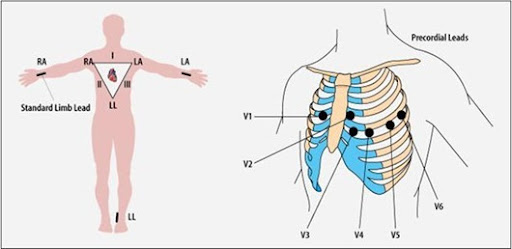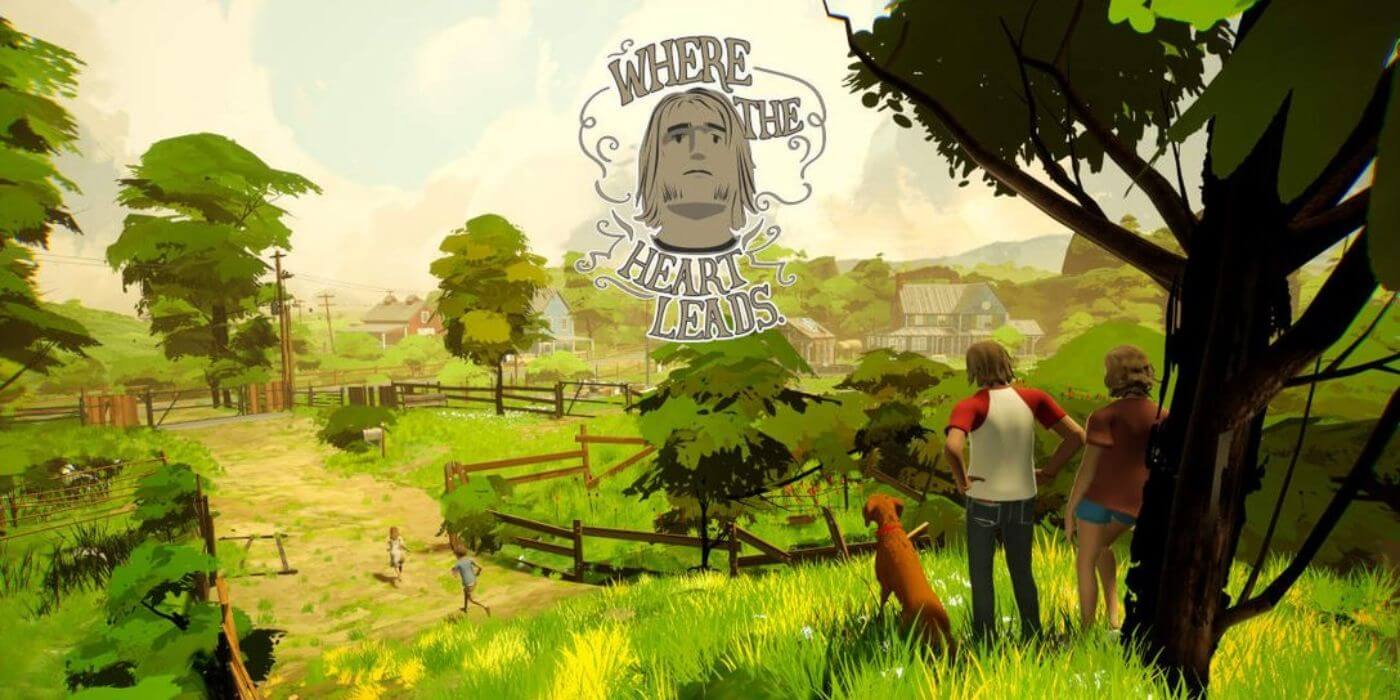

Superior and inferior vena cava Inferior vena cava The venous trunk which receives blood from the lower extremities and from the pelvic and abdominal organs. Veins: Histology (bring blood back to the heart): Each type contains 3 primary layers: tunica intima, tunica media, and tunica adventitia. Veins are classified into 3 types: small veins/venules, medium veins, and large veins. Veins Veins Veins are tubular collections of cells, which transport deoxygenated blood and waste from the capillary beds back to the heart. It is composed of striated, involuntary muscle cells connected to form the contractile pump to generate blood flow. The heart is a 4-chambered muscular pump Pump ACES and RUSH: Resuscitation Ultrasound Protocols made of cardiac muscle Cardiac muscle The muscle tissue of the heart. General Structure and Location of the Heart Overview of the heart structure The heart also has its own conduction system, triggering its own rhythmic contractions. Arteries are classified into 3 types: large elastic arteries, medium muscular arteries, and small arteries and arterioles. The blood passes through the arteries in order of decreasing luminal diameter, starting in the largest artery (the aorta) and ending in the small arterioles. The heart muscle itself is supplied by the coronary arteries Arteries Arteries are tubular collections of cells that transport oxygenated blood and nutrients from the heart to the tissues of the body. As blood moves through the heart, 4 important valves prevent backflow. Lungs: Anatomy, and then returning to the left side of the heart, where it is pumped out to the rest of the body. The primary function of the lungs is to oxygenate blood and eliminate CO2. Lungs are paired viscera located in the thoracic cavity and are composed of spongy tissue. Blood flows through the heart in 1 direction, moving from the right side of the heart, through the lungs Lungs Lungs are the main organs of the respiratory system. The heart is divided into 4 chambers: 2 upper chambers for receiving blood from the great vessels, known as the right and left atria, and 2 stronger lower chambers, known as the right and left ventricles, which pump Pump ACES and RUSH: Resuscitation Ultrasound Protocols blood throughout the body. The heart is a 4-chambered muscular pump Pump ACES and RUSH: Resuscitation Ultrasound Protocols made primarily of cardiac muscle Cardiac muscle The muscle tissue of the heart. #WHERE THE HEART LEADS PC PRO#
Students: Educators’ Pro Tips for Tough Topics.

Fundamentals of Nursing: Clinical Skills.








